Native American cuisine is a vibrant and deeply rooted reflection of land, community, and ancestral knowledge. With ingredients sourced from forests, rivers, plains, and deserts, Indigenous foodways have shaped some of the most enduring and resourceful culinary traditions in North America. These dishes are more than meals—they are expressions of survival, celebration, and spirituality, passed down through generations and closely tied to seasonal rhythms and regional ecosystems. While many people are familiar with a few iconic staples, much of the culinary wealth within Native communities remains underappreciated or unexplored.
This journey through Indigenous cuisine highlights seven lesser-known dishes that deserve a place in the broader culinary conversation. Often specific to individual tribes or regions, these foods showcase creativity, resilience, and a deep respect for the environment. Alongside them are nine iconic dishes that hold cultural and historical significance—foods like frybread, corn soup, and wild rice that continue to nourish both body and identity. Each dish offers a glimpse into the diversity of Native American cultures and their enduring relationship with the land. Whether you’re discovering these flavors for the first time or reconnecting with a rich culinary heritage, this collection honors the depth, variety, and enduring legacy of Native American food traditions.
1. Piki Bread (Hopi)
A culinary masterpiece from the Hopi, piki bread is created with meticulous care. Thin and delicate, it unfurls like a scroll of ancient wisdom. Its blue hue comes from Hopi blue corn, a staple in their diet. The bread is prepared on a hot stone, requiring skill to ensure each layer is perfect.
Breaking piki is like peeling back layers of history, each bite offering a taste of tradition. This bread, both nutritious and a delight to the senses, epitomizes Hopi resilience and innovation.
2. Acorn Mush (California Tribes)
Acorn mush, a specialty of California tribes, transforms a humble nut into a nourishing dish. The acorns are leached of their tannins, then ground and cooked. This labor-intensive process results in a pudding-like consistency. Earthy and satisfying, it’s a testament to resourcefulness.
Enjoyed as a staple, it pairs well with berries or honey. The mush reflects a deep connection to the land, where every acorn tells a story of survival and adaptation, rooted deeply in tradition.
3. Wojapi (Dakota/Lakota)
Rich, luscious wojapi is a fruit dessert cherished by the Dakota/Lakota. Crafted with wild chokecherries or blueberries, it requires minimal ingredients. Thick and deeply colored, its sweetness is natural, undiluted by sugar. Traditionally, wojapi is served with frybread or tanka, creating a perfect blend of textures.
This dish not only satisfies the sweet tooth but also embodies community, often prepared during gatherings. Each spoonful is a little celebration of wildlife’s bounty.
4. Three Sisters Soup (Various Tribes)
The Three Sisters Soup brings together corn, beans, and squash in a harmonious culinary trio. This trio, central to many Native American agricultural practices, symbolizes cooperation and sustainability. Corn provides a sturdy structure for beans, while squash protects the soil.
This soup, a comforting and nutritious blend, reflects these themes. Its ingredients meld together, offering a savory experience. The soup is not merely a meal but a narrative of interdependence and natural harmony.
5. Chilmole (Maya/Yucatec)
Chilmole, a rich and spicy dish from the Maya/Yucatec tradition, is a feast for the senses. Known for its bold flavors, it features charred chilies and spices. This dark stew, often made with turkey or chicken, delivers a smoky yet vibrant taste. Its preparation is an art, balancing heat and depth.
Often served during celebrations, chilmole is more than food; it’s a link to ancestral culinary arts. The dish conjures warm, communal gatherings, making every meal a festive occasion.
6. Sobaheg (Tewa/Hopi)
A hearty stew, sobaheg resonates with the culinary traditions of the Tewa and Hopi. This dish combines hominy, beans, and meats like rabbit or deer, simmered slowly. Its flavor is deep and comforting, ideal for communal meals.
The preparation of sobaheg requires patience, allowing the ingredients to meld perfectly. Often served during feasts, it’s an embodiment of community spirit and sustenance. Sobaheg not only feeds the body but also nourishes cultural identity, weaving past with present.
7. Posole (Pueblo Tribes)
A flavorful stew beloved by Pueblo tribes, posole marries hominy with pork. This dish, slow-cooked to perfection, captures the essence of communal gatherings. The hominy’s chewy texture contrasts beautifully with tender meat, while chili peppers impart a subtle heat.
Each spoonful is a tribute to traditional cooking methods passed down through generations. Posole isn’t just a meal; it’s a cultural cornerstone, often served during festive occasions, connecting people to their roots and each other.
8. Cornbread
A staple across Native American cuisine, cornbread is simple yet profound. Made from ground cornmeal, it’s versatile and nourishing. This bread is often baked in a skillet, achieving a crispy crust and moist interior.
More than just a side dish, cornbread holds a place in ceremonies and daily meals alike. Its golden hue and comforting flavor evoke warmth and tradition. Cornbread’s enduring presence in Native kitchens marks it as a symbol of sustenance and cultural heritage.
9. Frybread
Frybread, a creation born from necessity, reflects Native resilience. This deep-fried delight is crispy on the outside, soft inside, and versatile. Often topped with savory or sweet ingredients, it adapts to any palate.
Frybread’s origins trace back to government-imposed rations, turning limited resources into a beloved dish. It carries stories of survival and adaptability, making it a staple at powwows and family gatherings. Sharing frybread is sharing a piece of history, seasoned with ingenuity.
10. Bison Stew
Bison stew, with its roots in the Great Plains, offers a hearty and nutritious meal. The tender bison meat, slow-cooked with vegetables and herbs, imparts a rich flavor. Its preparation is more than cooking—it’s a tribute to the bison, a sacred animal.
This stew embodies the connection between the people and the land, where every ingredient has significance. Often enjoyed during communal events, it not only satisfies hunger but also fosters a sense of unity and respect for nature.
11. Wild Rice with Mushrooms and Berries (Ojibwe)
Cherished by the Ojibwe, wild rice is a culinary marvel. Combined with mushrooms and berries, it creates a dish that is both savory and sweet. This perfect pairing highlights the natural bounty of the land. The wild rice, hand-harvested from the lakes, holds cultural importance.
Each grain tells a story of tradition and respect for nature. This dish is more than a meal; it’s an experience that connects diners to the land and its people, bridging past and present through taste.
12. Navajo Tacos
Navajo tacos, a delightful fusion of flavors, sit atop a base of frybread. This inventive twist includes toppings like beans, cheese, and lettuce. Each bite is a harmonious blend of textures and tastes. The taco’s origin is a tale of resilience, born from limited ingredients.
What began as a necessity has become a beloved dish, celebrated at fairs and festivals. Eating a Navajo taco is savoring history, where tradition meets creativity on a plate, bringing people together.
13. Venison Roast with Juniper and Sage
Venison roast, seasoned with juniper and sage, offers a taste of the wilderness. This dish, with its fragrant herbs and tender meat, is a gourmet delight. Traditionally, venison is hunted sustainably, reflecting respect for the animal and environment.
The roast is a centerpiece at gatherings, embodying hospitality and abundance. It’s more than a meal; it’s a celebration of life’s cycles. Each serving links diners to ancient practices, where food is both nourishment and a narrative of the land.
14. Blue Corn Pancakes (Southwest Tribes)
With their vibrant color and nutty flavor, blue corn pancakes brighten any breakfast table. Made from blue cornmeal, these pancakes are a Southwest staple. Their unique hue is not just for show; it symbolizes the cultural significance of blue corn.
Topped with berries or syrup, they offer a delightful contrast in flavors. These pancakes are more than a breakfast item—they’re a testament to tradition, where each bite connects diners to the rich tapestry of Native American life.
15. Hominy and Bean Stew
Hominy and bean stew, a nourishing dish, is rich with flavor and history. This stew, often simmered with herbs and spices, offers a hearty meal. The combination of hominy and beans provides sustenance and warmth. It’s not merely a dish but a reflection of agricultural ingenuity and cultural heritage.
The stew is served at gatherings, a symbol of sharing and community. Each bowl offers a connection to the past, where every ingredient tells a story of tradition and resilience.
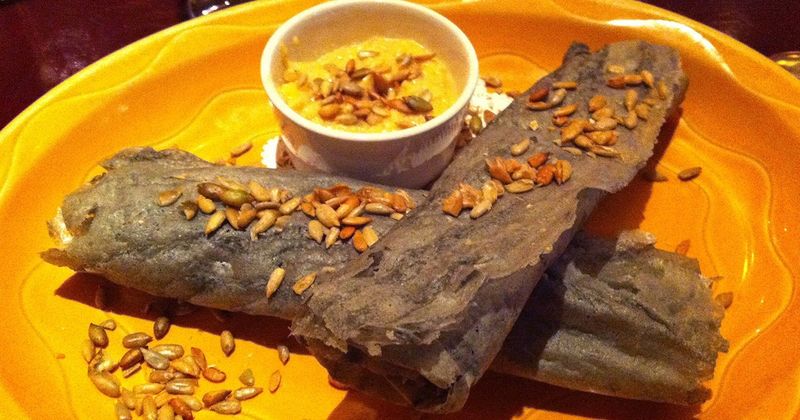
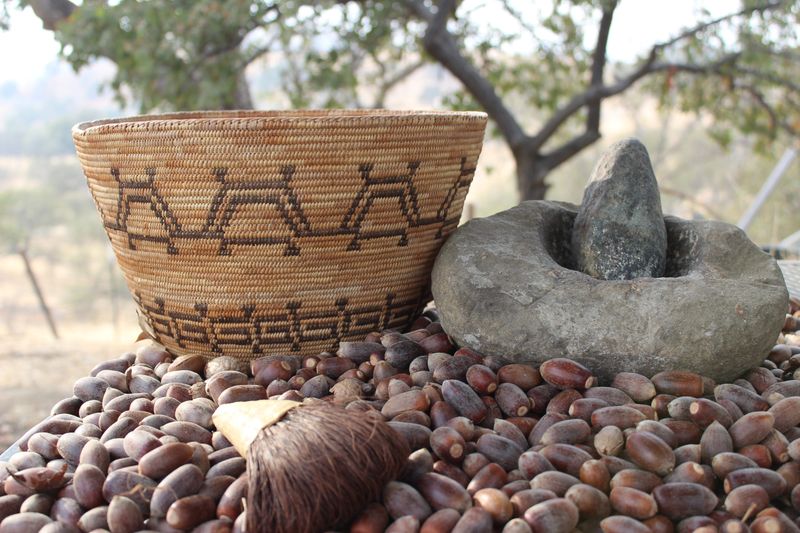

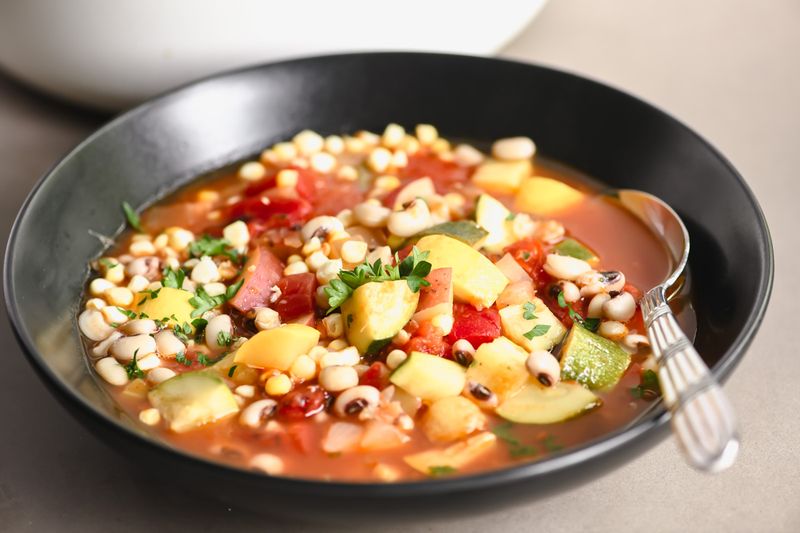
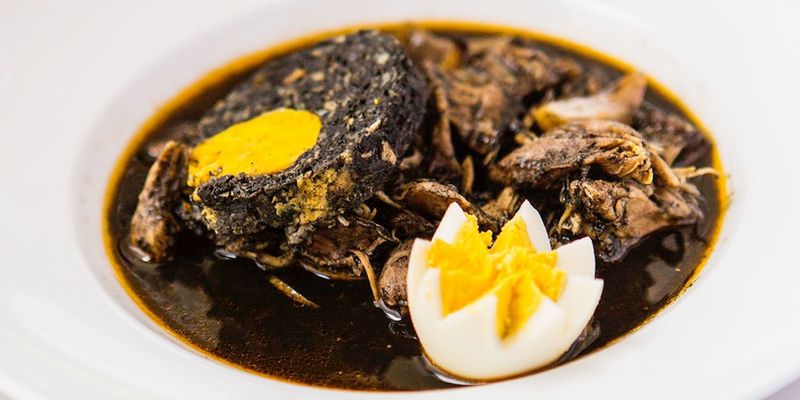
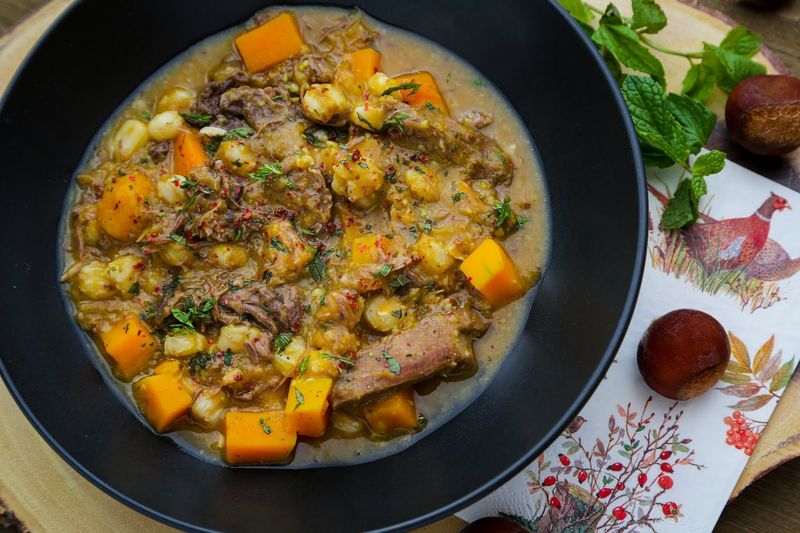
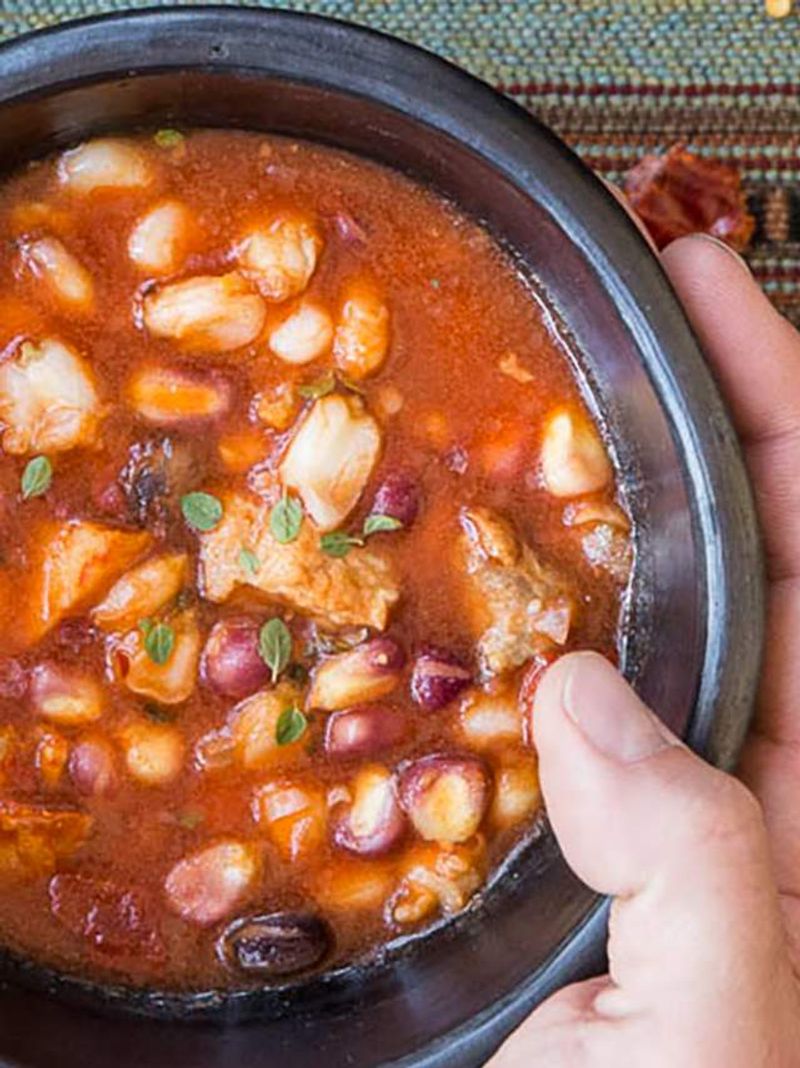
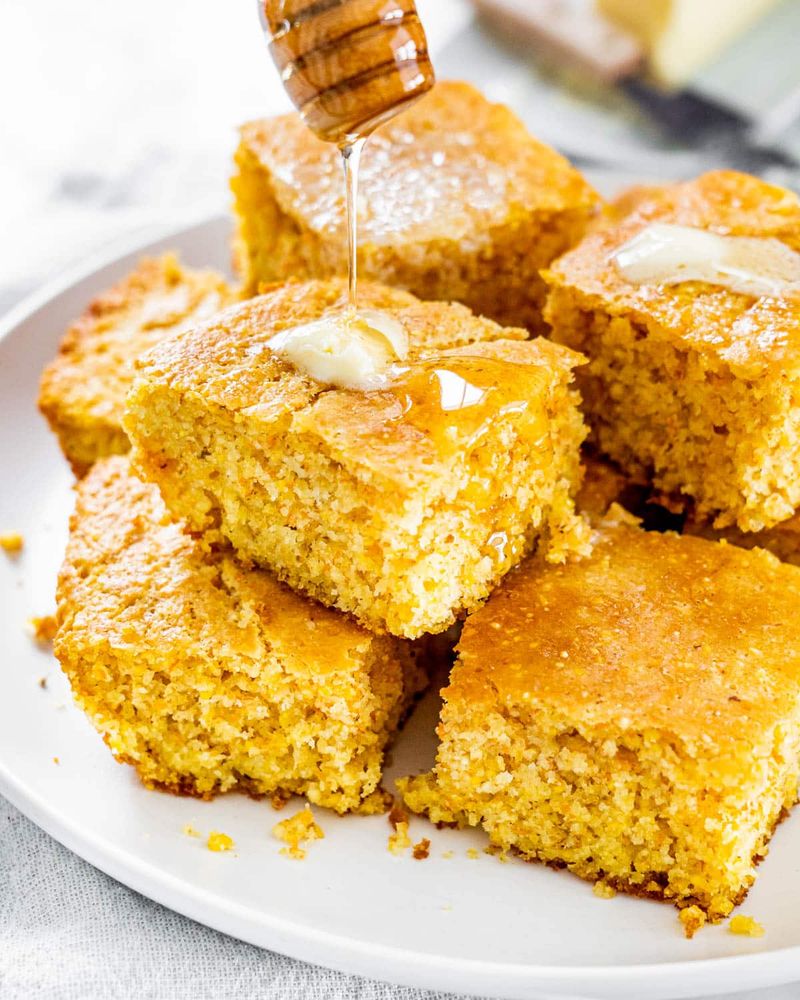
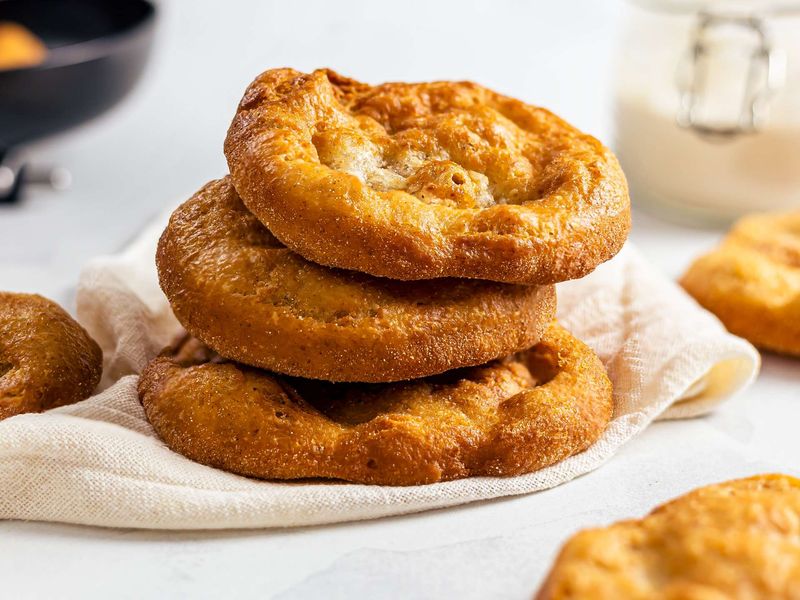
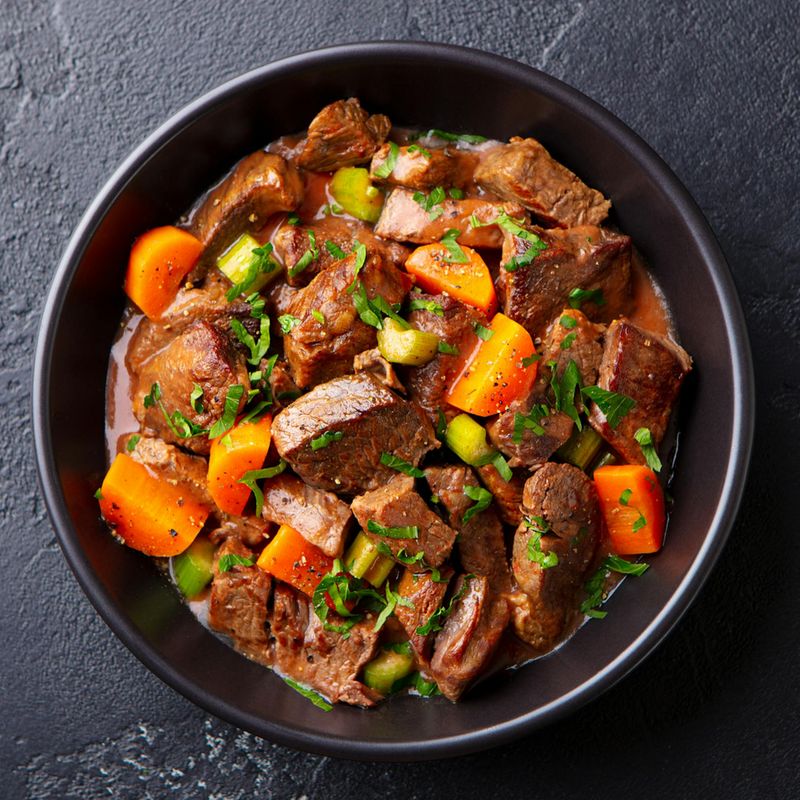
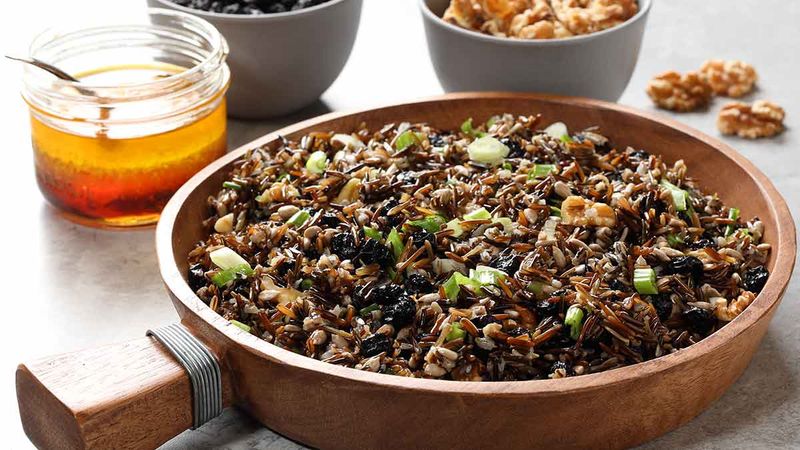
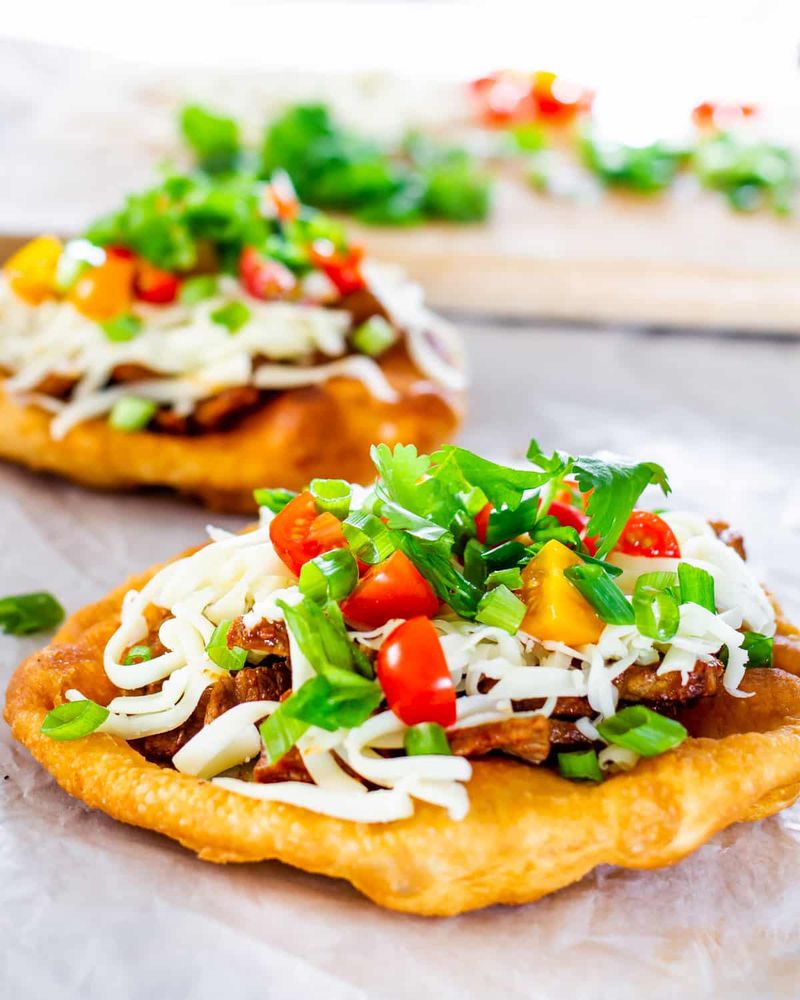
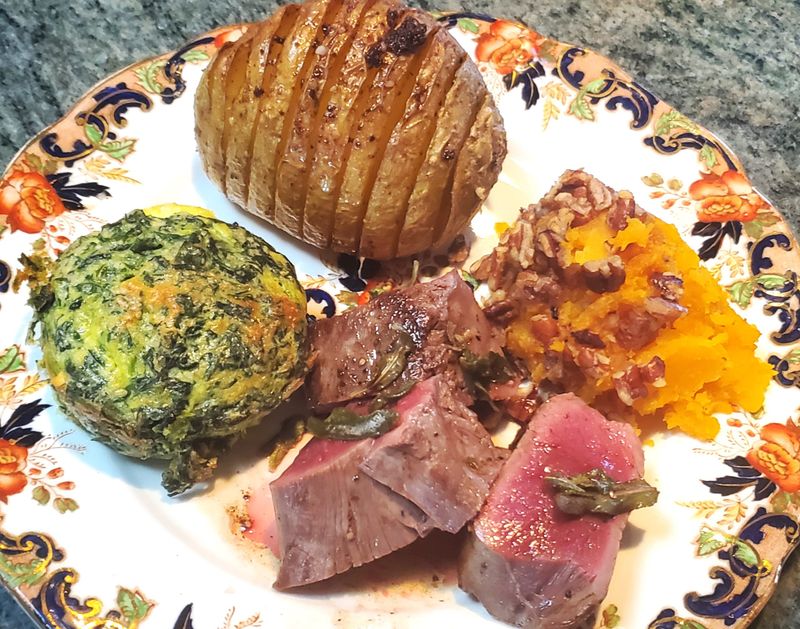

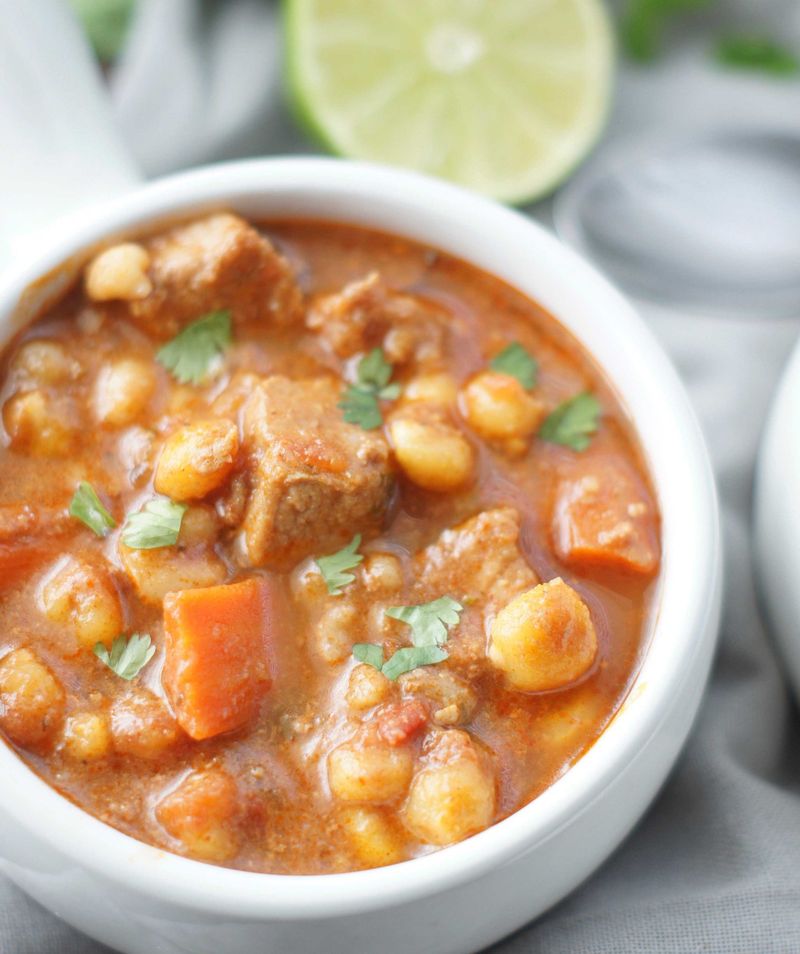
Leave a comment